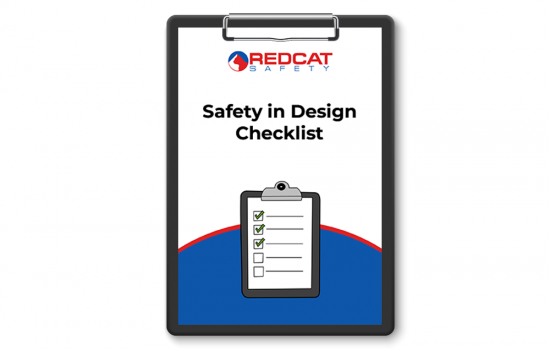What is a Safety in Design Checklist?
A safety in design checklist is a document that helps engineers, architects and other design professionals ensure that the designs they create are safe and comply with all relevant safety standards.
The checklist includes items such as identifying hazards, assessing risks and selecting appropriate safety controls. Designers must consider many factors when creating a design and safety is always a very high priority.
A safety in design checklist can help designers ensure that their designs are safe and compliant with all relevant safety standards.
The Process of Safety in Design
Safety in design is a process mostly used in the engineering and construction industries to describe the practice of incorporating safety into the design of structures, products and systems.
The goal of safety in design is to prevent or mitigate incidents and injuries by identifying and addressing potential hazards during the design process. It is a proactive approach that aims to eliminate or reduce the severity of hazards before they can cause harm.
Five Key Principles of Safety in Design
Essentially, there are five key principles that need to be followed with safety in design:
1. Persons with control
These are the people who make decisions affecting the design of products, facilities or processes and can promote safety at the source.
2. Product lifecycle
This is the safe design that applies to every stage in the lifecycle from conception through to disposal. It involves eliminating hazards or minimizing risks as early in the lifecycle as possible.
3. Systematic risk management
This applies to the hazard identification, risk assessment and risk control processes to achieve a safe design.
4. Safe design knowledge and capability
This can be either demonstrated or acquired by those who control the design.
5. Information transfer
This is the effective communication and transfer of documentation of design and risk control information amongst everyone involved in the phases of the lifecycle.
Any person with control or influence over design safety should always clearly communicate any relevant information to management, internal representatives or any external person performing design work.
Contents of this Safety in Design Checklist
This safety in design checklist has provisions for the following aspects of design safety inclusive of:

- Responsibilities.
- Consultation.
- Working environment.
- Fire protection and emergencies.
- Electrical safety.
- Movement of people and materials.
- Plant.
- Amenities and facilities.
- Earthworks.
- Structural safety.
- Manual tasks.
- Hazardous chemicals.
- Falls prevention or protection.
- Noise exposure and control.
- Other risks.
- Comments.
Why Choose to Buy this Safety in Design Checklist
- This 4-page checklist can help you ensure that the designs are safe and comply with all relevant safety standards.
- This checklist can help you to incorporate safety into design interfaces and to enable the clear assignment of responsibility with consideration to the inputs and desired outputs of a design.
After purchasing this template you will be able to:
- Very easily edit and customize the template to create your own safety in design checklist.
- Apply your own style, format and brand to the checklist.
- Use it in any industry or sector regardless of size or type of organization.
Availability and Use of this Safety in Design Checklist
- This checklist is accessible to you right now by clicking the ‘Buy Now’ button.
- The checklist will be delivered to you in fully editable Microsoft Word format for immediate and full use in your business.
- There are no subscriptions, contracts or ongoing costs.
This Safety in Design Checklist is 100% Satisfaction Guaranteed.


